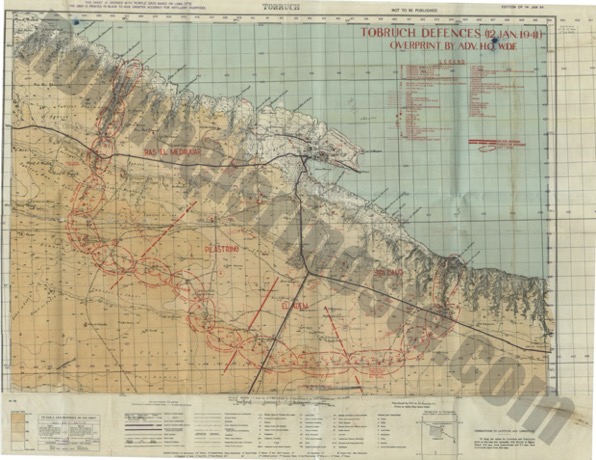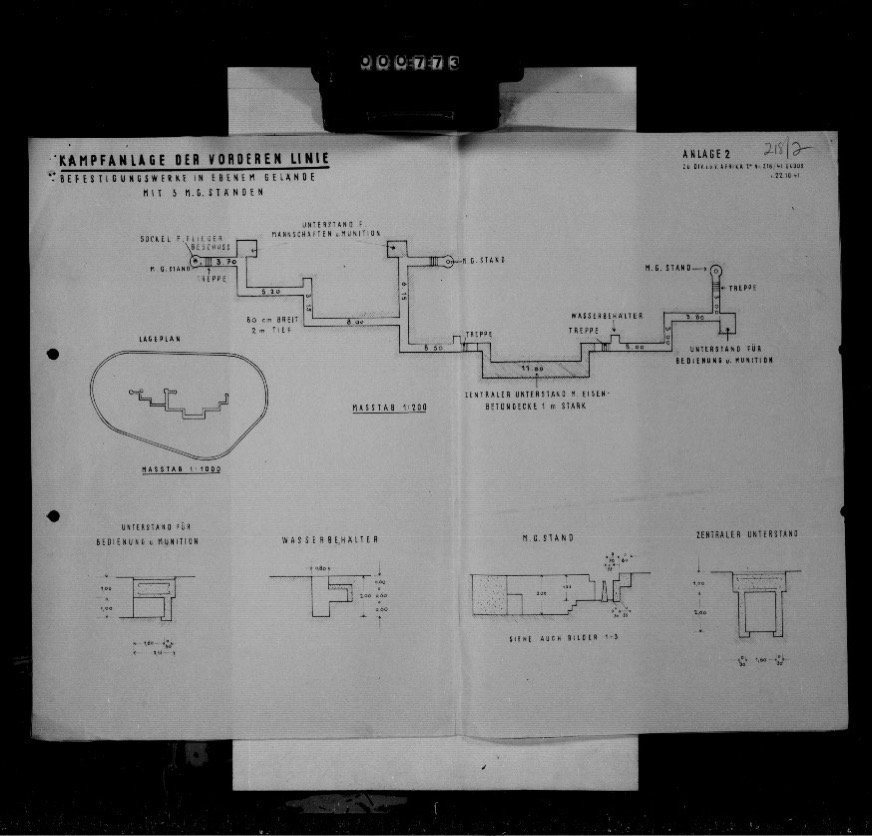Hi all,
I am trying to find out information on the physical defences at Tobruk that the 9th Australian Div then occupied/used in 1941. When were they constructed? by who? Italian Engineers? What influenced their design? Did they have any design principles, such as, posts were about 500yards apart so that rifle and machine gun fire from one post could support another post.
Any diagrams or descriptions would be useful, most valuable would be diagrams of the posts. I am assuming that not every post was designed the same? The Australian Official History and the Australian War memorial has some stuff.
I am trying to find out information on the physical defences at Tobruk that the 9th Australian Div then occupied/used in 1941. When were they constructed? by who? Italian Engineers? What influenced their design? Did they have any design principles, such as, posts were about 500yards apart so that rifle and machine gun fire from one post could support another post.
Any diagrams or descriptions would be useful, most valuable would be diagrams of the posts. I am assuming that not every post was designed the same? The Australian Official History and the Australian War memorial has some stuff.






